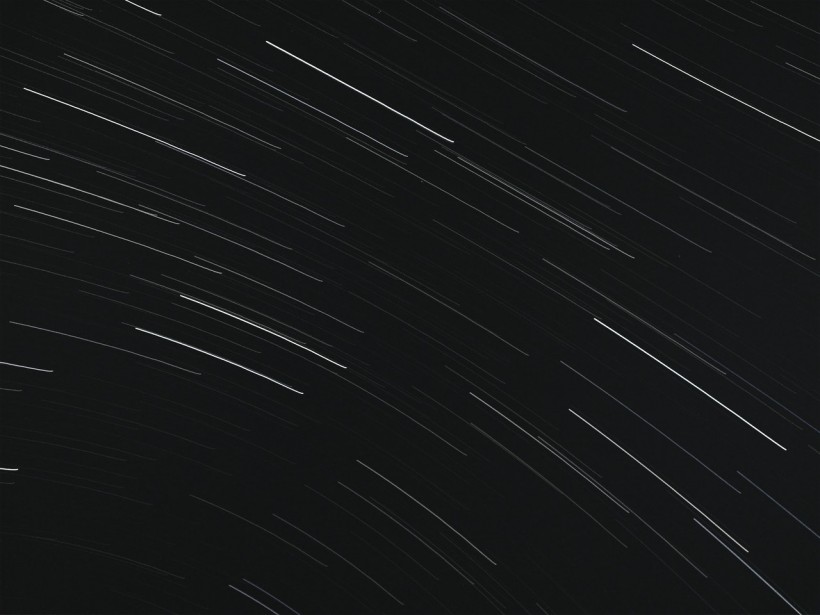In the popular sci-fi opera Star Wars, ships including the Millenium Falcon are often seen with light streaks across the shield of their cockpits. This happens whenever the vessels in the franchise jump into hyperspace.
In a new study, experts attempted to get a glimpse of the actual scene of a pilot who would undergo hyperspeed in the vacuum of space. According to the findings, a reaction known as the Unruh effect could occur under these circumstances, allowing an individual to see not straight bright lights like in the movies, but a warmer type of glow.
The Unruh Effect

The Unruh effect was first introduced to the history of physical studies back in the 1970s. This quantum theory prediction was not recognized until the time due to its elusive behavior and the complex factors that make it appear.
In addition, the Unruh effect is infinitely small. An observation of just a single effect would require longer periods of time or a series of consecutive accelerations.
Through the modern observational technologies available, scholars from the University of Waterloo and MIT recently discovered what the Unruh effect looks like. Their study focused on how to increase the probability of us viewing the particularly rare effect.
The study's approach was significantly different compared to the attempts in the past that included spontaneous, large-scale mechanisms. The latest examination included smaller methods that stimulate and enhance the Unruh effect while competing with other factors that could disrupt the reaction's process.
The stimulation method served as a practical experiment that involved acceleration-induced transparency, similar to the concept of an invisible layer or cloak. By these factors, the researchers would gain a higher chance of observing the Unruh effect, PhysOrg reports.
While the natural Unruh effect manifests from particles longer than the age of the universe, this new approach could yield results in just a couple of hours.
ALSO READ: Physical Theory Explains How Time is Non-Existent, Irrelevant to Our Lives
Observing the Quantum Glow Now Possible
MIT Mechanical engineering specialist and co-author of the study Vivishek Sudhir explained that through their model, our time would be able to witness such a rare physical effect that only appears under strict conditions.
Sudhir, who also designed the model, added that the research they carried out is challenging, and there was actually no guarantee that their team would be able to get the expected results.
The Unruh effect states that the body accelerating across a vacuum should meet a warm presence of radiation, and this change is caused solely by the body's acceleration process.
To measure the warm glow that the theory is suggesting, an object must move in a displacement on par with the speed of light. The movement must also be done in just a millionth of a second, or about a g-force of a quadrillion meters per second squared.
With the right amount of speed and the photon-based stimulation through acceleration-induced transparency, experts conclude that the Unruh effect can now be observed better than in previous experiments.
The study was published in the Physical Review Letters, titled "Acceleration-Induced Effects in Stimulated Light-Matter Interactions."
RELATED ARTICLE: More Powerful Supercontiuum Light Possible Through Novel Optical Fiber Solution
Check out more news and information on Physics in Science Times.




![Earth's Quasi-Moon Kamo‘oalewa Could Originate From Lunar Surface Not Asteroid Belt [Study]](https://1721181113.rsc.cdn77.org/data/thumbs/full/53275/89/56/50/40/earths-quasi-moon-kamo-oalewa-could-originate-from-lunar-surface-not-asteroid-belt-study.png)









